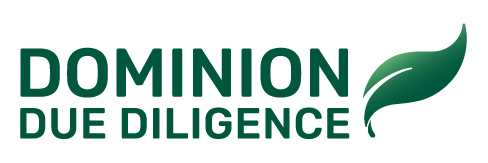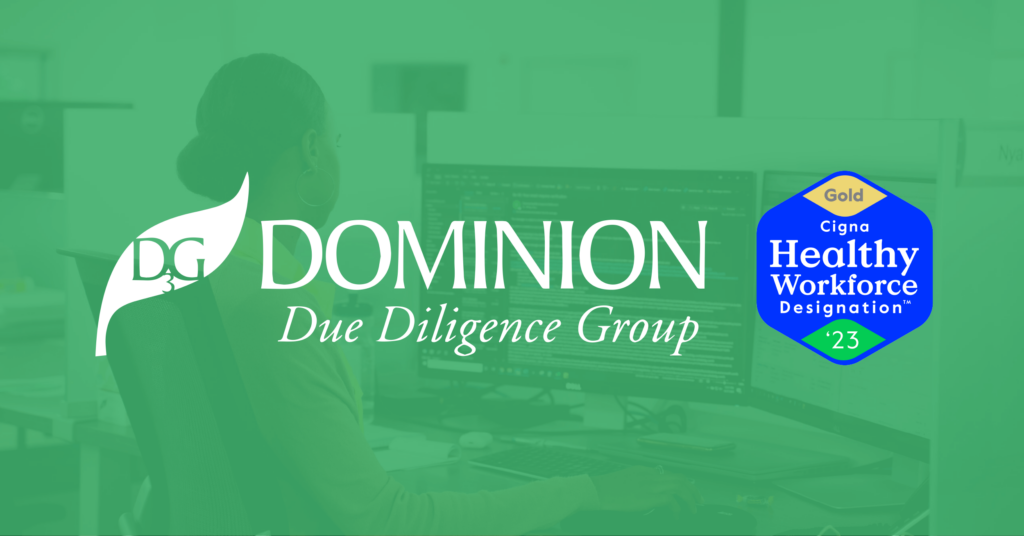While incentives for energy efficiency and green building practices in multifamily housing are temporarily being phased out, the business case for green building verification remains.
The current federal administration has gutted the Inflation Reduction Act, sunsetting the Solar Investment Tax Credit, 45L, and 179D programs, and rescinding the EPA Greenhouse Fund’s green-lending program. The rollout of the DOE’s Home Efficiency Rebate (HER) and Home Electrification and Appliance Rebate (HEAR) programs for existing buildings has also been stalled. Most recently, HUD canceled the Green Mortgage Insurance Premium (MIP) Program, which provided a drop in the MIP for securing energy-efficient green building certification. These programs were wise investments for our economy, the environment, and housing affordability.
In the short run, these fiscal policy changes will likely slow the adoption of deep energy retrofits and zero-energy ready housing. While this will negatively affect housing affordability, it does not erase the need for energy-efficient housing or the long-term business case for green certifications. Here are five reasons why they still matter.
1. The Costs Are Lower Than You Think
The incremental costs of green building certification include the soft costs of verification and certification and the hard costs for more efficient building envelopes and equipment. One of the most common questions green verifiers are asked is how much it costs to secure a green certification. The honest answer is that it depends, but costs are almost always much less than expected.
Soft Costs: Certification fees from the National Green Building Standard are typically only $300–$700 per building and $30 per unit for multifamily projects. Verification fees for the green verifier, who visually inspects the green practices, vary but generally are not more than $100–$200 per unit. In some cases, energy professionals are already required for building envelope and duct leakage testing to meet local code compliance. Assuming a 100-unit, four-story building, the certification costs would be around $3,700, with verification fees ~ $15,000. The total soft costs are often less than $20,000, which is no more than a rounding error in most construction budgets.
Hard Costs: The incremental hard costs usually vary based on project location. In states that have already adopted the 2021 or 2024 International Energy Conservation Codes (IECC), the incremental costs are often negligible for base certification. However, in states that have not adopted these newer codes and still reference IECC 2012 or earlier, additional costs for insulation, better windows, and more efficient heating and cooling systems may exist. The hard costs typically add up to about 0.5–1% of the total construction budget.
2. Some Financial Incentives Still Remain
Not all green financing programs have been shelved. Fannie Mae and Freddie Mac both still offer discounts for green certification. Many State Housing Finance Authorities (SHFAs) require or offer bonus scoring points to secure green building certification. Some municipalities and utilities continue to offer tax credits or rebates for certified buildings. These remaining programs still create direct financial incentives for owners and developers.
3. Quality Assurance Protects Your Investment
One of the least discussed but most valuable benefits of green building certification is the additional Quality Assurance (QA) that owners gain from having credentialed verifiers review equipment specifications and installation quality. An owner or developer writing the check should demand a quality product.
As an NGBS Green Verifier, I have personally verified thousands of multifamily units, and the number of issues identified that might have otherwise gone unnoticed is staggering. Eggregious findings include uninsulated attic sections, disconnected HVAC ducts, installation of lower-efficiency equipment, and missed air-sealing. Subtle but significant issues, such as poorly installed insulation or flashing, also arise. These issues contribute to higher operating costs, lower occupant comfort, and less durable buildings. Green verification helps catch these problems before they impact performance or value.
4. Green Buildings Reduce Operating Costs
Green-certified buildings use less energy and water, lowering monthly operating costs for owners and tenants. For owners, this means reduced expenses for common areas and master-metered buildings. For tenants who are individually metered, it means lower monthly utility bills. In affordable properties, owners can justify lower utility allowances, allowing them to retain more rental income.
The value of these operating cost savings continues to grow. Until recently, utility rates increased at or below inflation. However, in August 2025, CBS reported that electricity costs are now 5.5% higher than a year ago (1). The rapid expansion of data centers supporting artificial intelligence is increasing electricity demand, requiring grid and supply upgrades that further drive up costs. Extreme weather events also continue to damage the grid and increase rates in higher-risk areas like California and Florida.
5. Green Certifications Drive Value and Future-Proof Assets
Green certifications support long-term property value in several ways. Surveys show that younger renters, including Millennials and Gen Z, are willing to pay more for green housing. MRI Real Estate Software found that 61% of renters would pay higher monthly rent for an eco-friendly apartment (2). A 2022 Cushman & Wakefield study showed LEED-certified properties achieved 3.1% higher rents, while multifamily properties with LEED certification commanded sales premiums averaging 9.4% above non-certified properties (3). AMLI Residential’s 2024 Sustainable Living Index also found that residents prioritized fresh air, financial savings, and recycling among their top green demands (4).
Many global investors now expect energy-efficient assets to support with their Environmental, Social, and Governance (ESG) strategies, and green building certifications help meet those expectations. Certified buildings are also better positioned to comply with emerging Building Performance Standards (BPS), such as those enacted in New York City and Maryland, which require buildings to meet specific energy-use intensity targets. Sustainable buildings are often designed to withstand extreme weather better, reducing damage risk, insurance costs, and tenant disruption.
Conclusion
Despite the loss of some recent green incentives, owners and developers would be wise to continue pursuing green building certifications. The benefits are immediate regarding quality assurance and operating cost reduction, while preserving long-term asset value and resilience. Selecting an experienced green verifier ensures your team realizes these advantages at the lowest cost and greatest efficiency. The D3G team has been helping multifamily projects across the United States achieve these benefits and remains ready to help.
Sources
- CBS News: Why utility bills are rapidly rising in some states
- MRI Real Estate Software: Renters want sustainability in multifamily housing
- Cushman & Wakefield (2022): Green Is Good Series, Part 3
- AMLI Residential: 2024 Sustainable Living Index
Author

Stephen Evanko
LEED AP, NGBS Master Green Verifier, BPI MFBA/HHE, HERS Rater
Vice President of Energy and Sustainability






